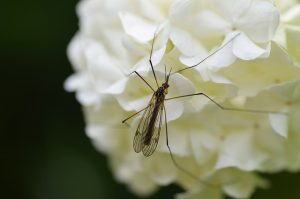Implementing effective, eco-friendly mosquito and tick control strategies requires understanding these pests' unique behaviors. Key steps include eliminating standing water, using natural repellents like citronella and lavender, promoting biodiversity through beneficial insects, and employing physical barriers. This behavior-based approach reduces reliance on chemical pesticides, benefiting both human health and the environment. Natural solutions provide safer alternatives for families, preserve ecosystems, and support long-term sustainable pest management practices. Community efforts are vital for educating residents and implementing integrated pest management (IPM) strategies to control mosquito and tick populations without harmful chemicals.
In today’s eco-conscious world, understanding and adopting sustainable methods for mosquito and tick control is paramount. This article explores green alternatives to traditional pest management, delving into behavior patterns, natural repellents, plant-based solutions, essential oils, light and sound deterrents, and community initiatives. By embracing these eco-friendly strategies, you can effectively reduce mosquito and tick populations while minimizing environmental impact, ensuring a safer, healthier outdoor environment for all.
Understanding Mosquito and Tick Behavior: Key to Effective Control
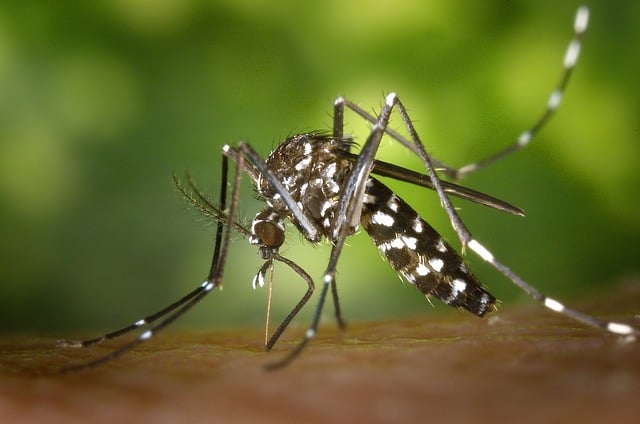
Understanding the behavior of mosquitoes and ticks is a critical step in implementing effective control measures. These pests are highly adaptable and have developed various strategies to survive and reproduce, making them challenging to manage. Mosquitoes, for instance, breed in stagnant water and are attracted to carbon dioxide, heat, and certain chemicals present in human sweat. They rest in dark, humid places during the day and become active at dawn and dusk. Ticks, on the other hand, rely on hosts like mammals, birds, and reptiles for blood meals and often wait patiently on foliage or grass for potential victims to pass by. Knowing these habits allows us to target their habitats, resting sites, and feeding behaviors with eco-friendly solutions, such as removing standing water, using natural repellents, and implementing targeted treatments when necessary.
By adopting a behavior-based approach to mosquito and tick control, we can reduce the reliance on chemical pesticides, which may have harmful effects on non-target species and the environment. Eco-friendly methods not only protect human health but also preserve biodiversity and promote ecological balance. This shift in strategy ensures that we effectively manage these pests while minimizing our impact on the natural world.
Traditional vs Eco-Friendly Mosquito and Tick Control Methods

Many traditional mosquito and tick control methods rely on chemical pesticides, which can have harmful effects on both the environment and human health. These synthetic chemicals can persist in water sources, harm beneficial insects, and even contaminate soil and groundwater. Additionally, they pose risks to pets and children when not used properly.
Eco-friendly alternatives, on the other hand, focus on natural strategies to manage mosquito and tick populations while minimizing environmental impact. This includes methods like eliminating standing water (where mosquitoes breed), using plant-based repellents, promoting beneficial insects that feed on pests, and employing physical barriers like nets or screens. These approaches not only reduce chemical exposure but also support a healthier ecosystem and contribute to long-term sustainability in mosquito and tick control.
Benefits of Choosing Eco-Friendly Solutions for Your Home
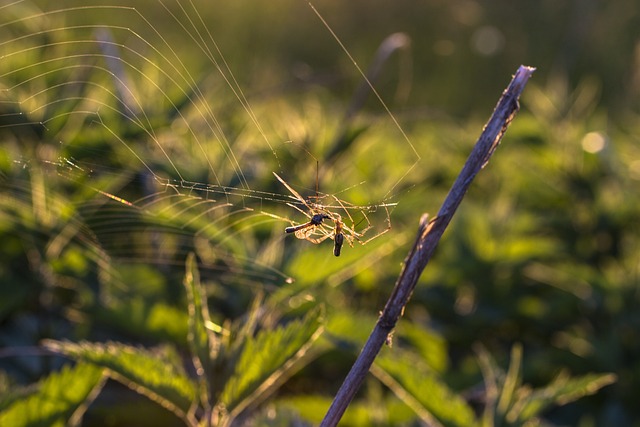
Choosing eco-friendly mosquito and tick solutions for your home offers numerous advantages, both for your family’s health and the environment. These natural alternatives eliminate the risk of exposure to toxic chemicals, which can be harmful if ingested or inhaled. By opting for green methods, you create a safer living space, especially for children and pets that may come into contact with conventional treatments.
Additionally, eco-friendly options are highly effective in controlling mosquito and tick populations without causing long-term ecological damage. They promote biodiversity by preserving natural predators like birds and beneficial insects, contributing to a balanced ecosystem. This approach ensures the well-being of wildlife surrounding your home while providing a sustainable solution for mosquito and tick control.
Natural Repellents and Their Effectiveness Against Mosquitoes and Ticks
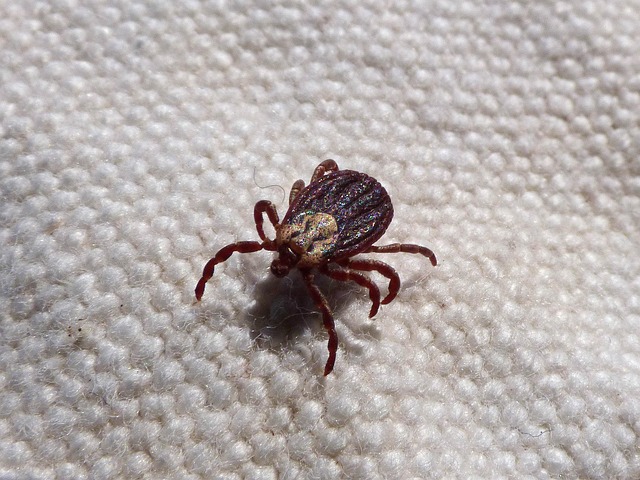
Natural repellents have gained popularity as an eco-friendly approach to mosquito and tick control, offering a safer alternative to chemical-based solutions. These natural substances derive from plants and essential oils, which contain compounds that deter mosquitoes and ticks. For instance, citronella, a common ingredient in candles and sprays, is well-known for its ability to repel mosquitoes when applied topically or used aromatically. Similarly, peppermint oil, with its fresh scent, has been shown to effectively ward off both mosquitoes and ticks due to its menthol content.
The effectiveness of these natural repellents lies in their ability to mask human scents that attract insects. Many mosquitoes and ticks are drawn to carbon dioxide, lactic acid, and other chemicals present in human sweat. Natural repellents disrupt this attraction by providing an alternative scent, making it harder for the pests to locate their hosts. While they may not offer the same level of protection as chemical treatments, especially during prolonged exposure, natural repellents are still a valuable tool for minimizing mosquito and tick bites in outdoor settings, contributing to overall wellness and environmental conservation.
Creating an Unwelcoming Environment for Pests in Your Yard
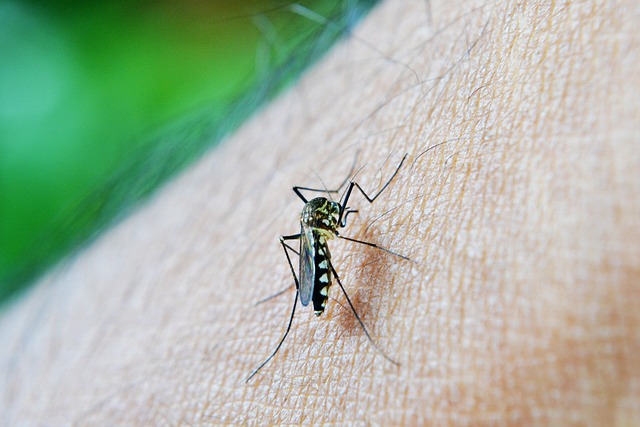
Creating an unwelcoming environment for mosquitoes and ticks in your yard is a multi-faceted approach that involves several eco-friendly strategies. One effective method is to maintain proper landscaping, ensuring there’s no standing water around your property since both mosquitoes and ticks breed in stagnant water. Regularly trimming grass, shrubs, and trees prevents these pests from finding hiding spots and makes it harder for them to access your outdoor spaces.
Additionally, using natural repellents like citronella plants, lavender, basil, or marigolds can deter mosquitoes while creating an inviting aroma for humans. For tick control, keeping your lawn mowed short and removing leaf debris reduces their hiding places. Planting certain flowers like daffodils, chrysanthemums, and geraniums is also known to repel ticks naturally. These organic solutions not only protect your health but also preserve the ecological balance of your yard.
Planting Mosquito and Tick-Repelling Plants: A Green Alternative

Planting Mosquito and Tick-Repelling Plants: A Green Alternative to Traditional Mosquito and Tick Control
In the quest for eco-friendly mosquito and tick control, nature offers a powerful solution through specific plants known for their ability to deter these pests naturally. Many common garden varieties contain natural compounds that act as repellents, providing an effective and safe barrier against mosquitoes and ticks without resorting to harmful chemicals. Planting these pest-repelling plants in your yard or garden can create a protective environment, reducing the need for traditional mosquito and tick control methods.
Herbs like citronella, lavender, rosemary, and peppermint are well-known for their ability to ward off mosquitoes. Essential oils derived from these plants have been used for centuries as natural insect repellents. Beyond herbs, certain flowers such as marigolds and chrysanthemums also possess properties that repel ticks. Incorporating these mosquito and tick-repelling plants into your outdoor space not only promotes a greener environment but also provides an aesthetically pleasing alternative to chemical treatments, ensuring a more balanced and sustainable approach to pest management.
The Role of Essential Oils in Eco-Friendly Mosquito Control
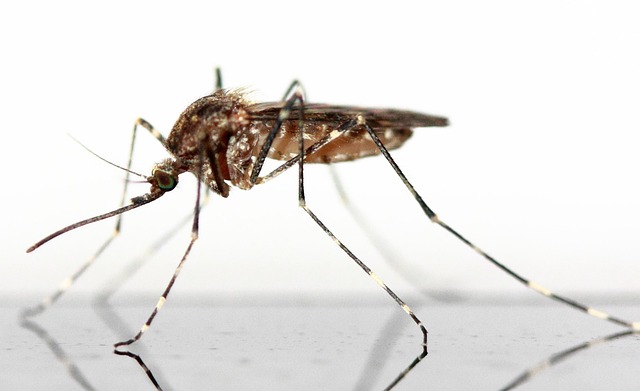
Essential oils have emerged as a popular and eco-friendly solution for mosquito and tick control, offering a natural alternative to synthetic chemicals. These concentrated plant extracts possess powerful aromatic properties that can effectively repel and eliminate these pests without harming the environment or non-target species. Compounds like citronella, peppermint, eucalyptus, and lavender are renowned for their insect-repelling abilities, making them valuable ingredients in many eco-conscious pest management products.
When used in mosquito and tick control applications, essential oils can act as a barrier against these insects, providing protection for outdoor spaces and individuals. They work by interfering with the insects’ sensory systems, disrupting their ability to locate hosts and navigate effectively. This natural approach ensures that the ecosystem remains intact, promoting biodiversity and reducing the potential negative impacts of chemical pesticides.
Using Light and Sound to Deter Mosquitoes and Ticks
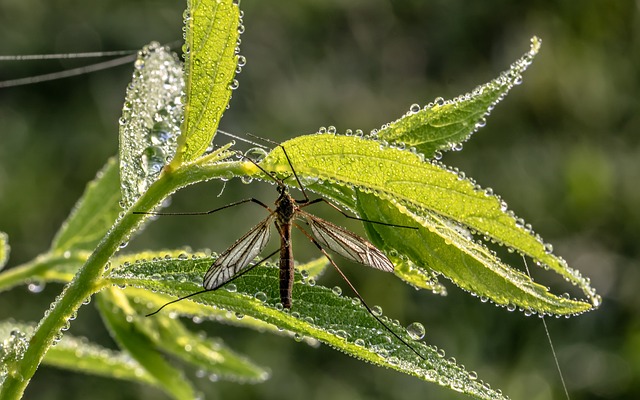
Using light and sound as a mosquito and tick control method is an eco-friendly approach gaining traction among those seeking alternative solutions to chemical treatments. Certain wavelengths of light can repel mosquitoes, while specific sounds or ultrasonic frequencies are known to disturb their navigation and communication. This non-chemical technique offers a safer option for both humans and the environment, making it particularly appealing for outdoor spaces.
By strategically placing light sources that emit specific colors or patterns, and sound emitters that produce either natural or synthesized noises, individuals can create an unpleasant environment for mosquitoes and ticks. These methods are effective in reducing insect populations without causing harm to beneficial insects or contaminating the surrounding ecosystem. This innovative approach encourages a balance between human comfort and wildlife conservation.
Community Efforts and Educational Programs for Eco-Conscious Pest Management

Community efforts play a pivotal role in implementing eco-friendly mosquito and tick control strategies. Local initiatives can educate residents on the importance of natural, non-toxic methods to manage pest populations. These programs often involve community clean-up drives to eliminate standing water—a breeding ground for mosquitoes—and promote the use of plant-based repellents or essential oils as alternative solutions. By fostering a collective awareness, these efforts empower individuals to take proactive measures and contribute to a healthier environment.
Educational programs are instrumental in disseminating knowledge about integrated pest management (IPM) practices. Workshops and informational campaigns can teach community members about the life cycles of mosquitoes and ticks, enabling them to identify and disrupt their habitats effectively. Encouraging responsible pet ownership, proper waste disposal, and mindful landscaping practices further reinforces eco-conscious principles within the community. Through such initiatives, residents become stewards of their environment, ensuring the long-term sustainability of mosquito and tick control efforts while minimizing ecological disruptions.
